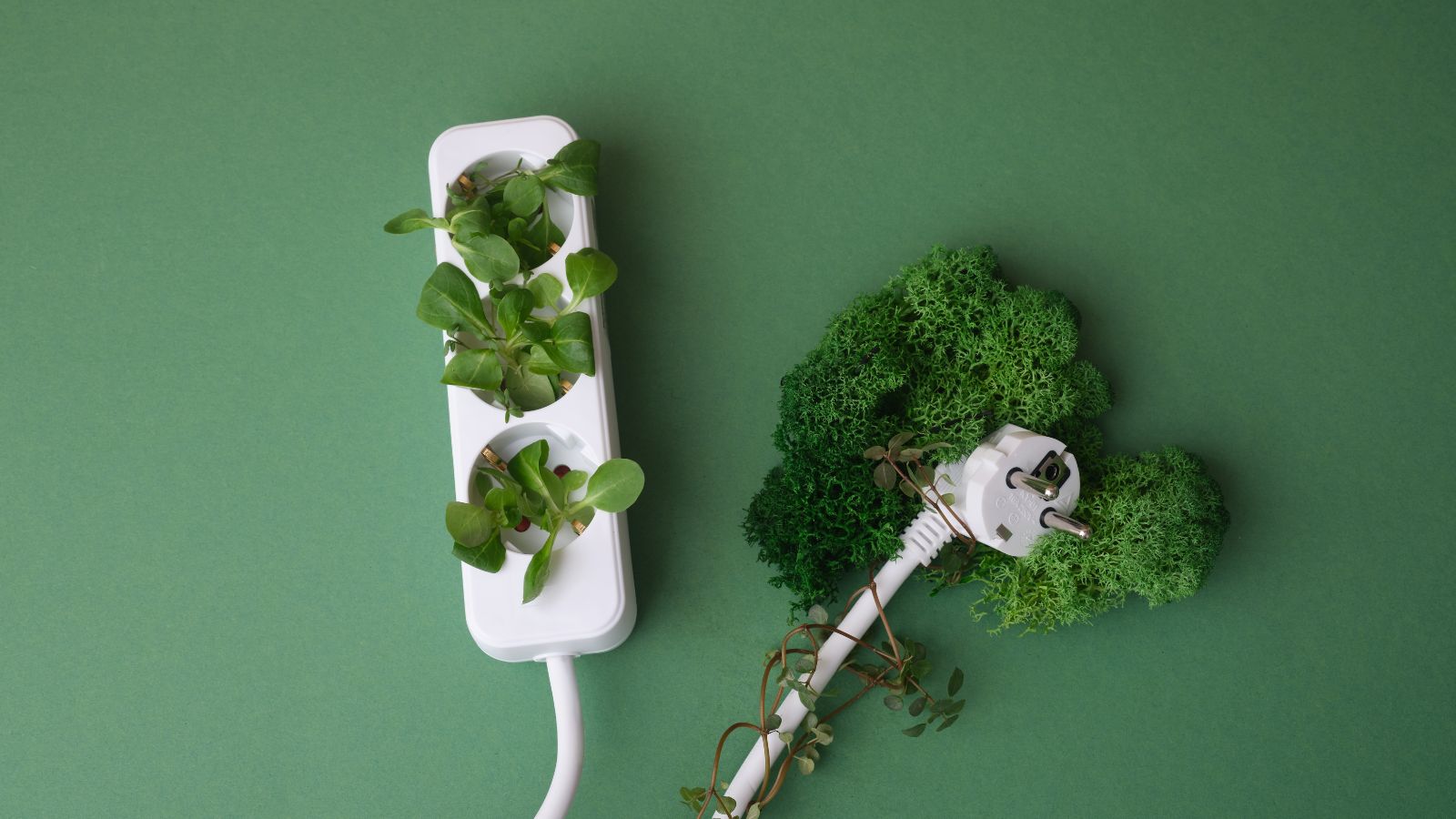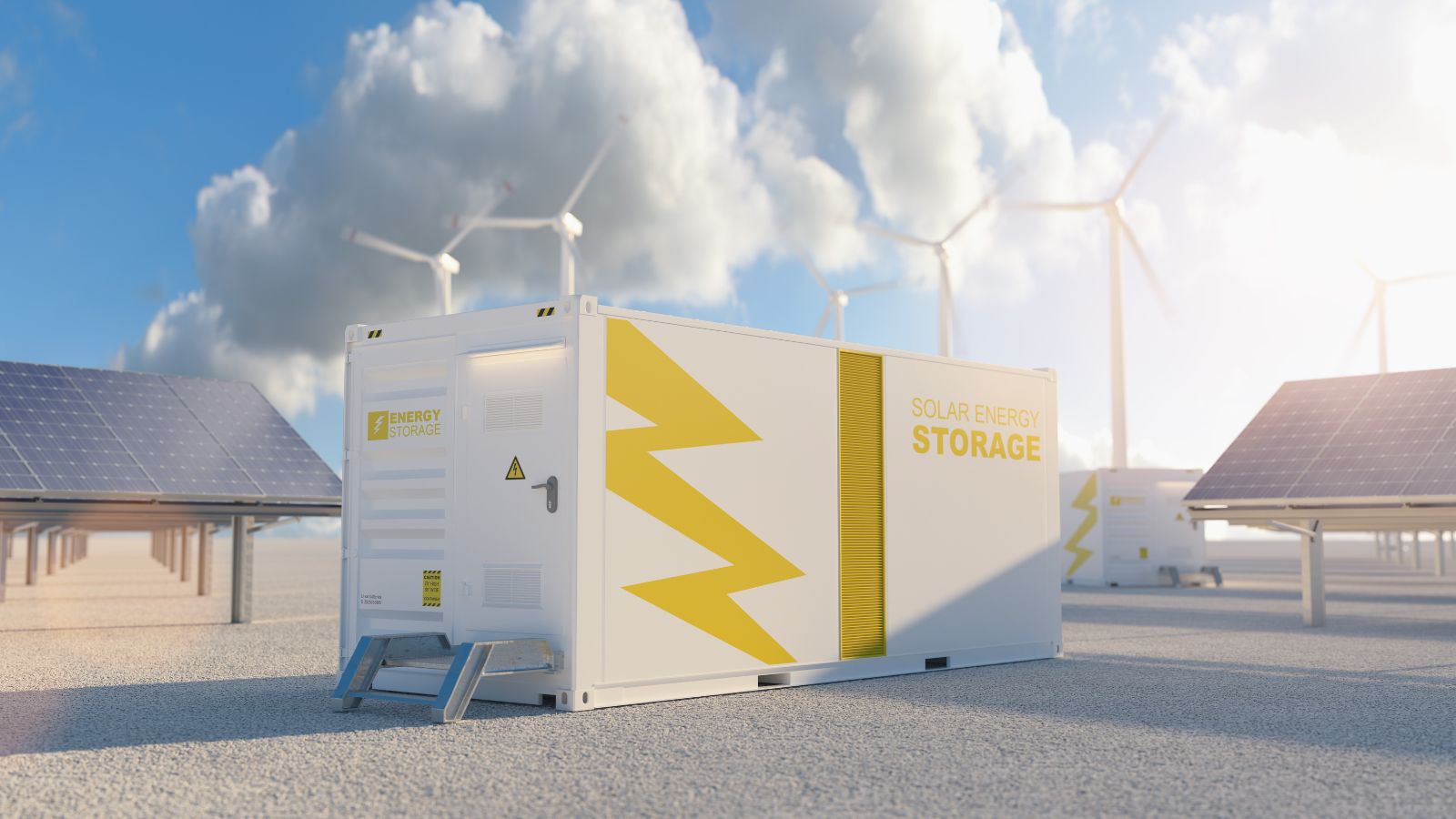As the world steadily shifts toward greener technologies, one thing is becoming clear: 48V systems are quietly leading the charge. They’re cropping up in solar arrays, electric vehicles, boats—you name it. Why? Because they just make sense in the way we use energy today. They’re more efficient, easier to manage, and remarkably adaptable across different platforms.
Whether you’re trying to stretch your EV’s range, fine-tune your off-grid cabin setup, or streamline marine power, a 48V system can pull its weight—often while cutting it in half, literally. And if you’ve ever handled a battery on a swaying dock or under the hood of a solar inverter, that’s not something to take lightly.
Environmental Impact Of Traditional Marine Batteries
Lead-Acid Batteries
Let’s be honest—lead-acid batteries have been around forever, and for good reason. They’re cheap and reliable, but they come with some serious environmental baggage. These things are heavy, filled with toxic materials, and far from easy to recycle properly.
In marine applications, especially, the downside becomes painfully obvious. Old batteries leaking into the water, bulky forms dragging down efficiency… it adds up. One 48v lithium battery can do the job with less weight, longer life, and a fraction of the environmental mess.
Energy Inefficiency
Here’s where traditional batteries really fall flat: energy conversion. Lead-acid systems usually operate at about 70% efficiency, which means you lose nearly a third of the energy you put in. That’s a tough pill to swallow when fuel or solar energy is precious.
Contrast that with a 48v lithium battery, which can hit efficiencies of around 90%. That’s a big deal. It’s not just about saving energy—it’s about reducing fuel use, emissions, and wear on your whole system over time.
Advantages Of Lithium Batteries In Trolling Motors
Enhanced Energy Efficiency
If you’ve ever spent a long day trolling only to have your battery bail halfway through, you know how important efficiency is. A 48v lithium battery doesn’t just hold more energy, but uses it better. Less wasted power means longer run times and faster charging, which makes a huge difference when chasing fish (or just the horizon).
Longer Lifespan
One of the best things about lithium technology is how long it lasts. While a standard lead-acid battery might give you 500–1,000 cycles, a well-made lithium battery can offer anywhere from 2,000 to 5,000. That’s years of extra use and far fewer replacements to worry about.
Think about it—fewer swaps, less downtime, and more time doing what you enjoy. It’s hard to argue with that kind of return on investment.
Lightweight Design
Let’s talk weight. Anyone who’s hauled a lead-acid battery up a dock or into a boat knows they aren’t exactly user-friendly. A 48v lithium battery typically weighs about half as much, which is a game-changer when installing it or dealing with tight compartments.
That weight reduction also translates into better fuel economy and easier maneuverability. For small watercraft, lighter means livelier.
Maintenance-Free Operation
Here’s where lithium spoils you. With a 48v lithium battery, there’s no water to top off, no corrosion to clean, and no equalization charges to worry about. You plug it in, power up, and finish your day. And if you’d rather be on the water than under the hood, that’s beautiful.
Environmental Benefits Of Lithium Batteries
Reduced Toxic Waste
The lifespan of a lithium battery isn’t just a convenience—it’s an environmental plus. Fewer replacements mean fewer batteries ending up in landfills. And because lithium batteries contain far less hazardous material than their lead-based cousins, the risk of soil or water contamination is drastically lower.
A single 48v lithium battery can effectively replace multiple lead-acid units over its lifetime, cutting waste without sacrificing performance.
Lower Carbon Footprint
Thanks to their higher efficiency, lithium batteries help reduce fuel use in hybrid systems and maximize every watt in solar-powered ones. That alone shrinks your carbon footprint. And since they require less frequent manufacturing, shipping, and disposal, they’re easier on the planet from cradle to grave.
Imagine the collective impact if every boater, camper, or solar system owner made the switch. It’s not just a little greener—it’s a lot.
Recyclability
Recycling has always been a sore spot for battery tech, but lithium batteries are making strides. Materials like lithium, cobalt, and nickel are being recovered more reliably than ever, with modern facilities achieving up to 90% recycling rates in some cases.
It’s not perfect yet, but the shift toward a circular battery economy is real—and growing. So when your 48v lithium battery eventually hits the end of the road, it doesn’t have to be the end of its story.
Challenges And Considerations
Environmental Concerns In Production
To be fair, lithium batteries aren’t completely clean. The mining and refining processes involved in making them can be pretty resource-intensive and, in some regions, environmentally harmful. Extracting lithium often involves high water usage and can affect local ecosystems.
That said, manufacturers are catching on. There’s growing momentum behind more ethical sourcing and reduced-impact production. It’s not perfect yet—but it’s moving in the right direction.
Recycling Infrastructure
Although recycling technology has improved, infrastructure is still a work in progress, especially for larger 48V lithium batteries. In many areas, options for proper disposal or recovery are limited. Until that changes, there’s a risk that even recyclable batteries could end up where they shouldn’t.
What’s promising is that investment is flowing into battery recycling systems. With demand rising, the systems to handle them more sustainably are taking shape.
Cost Implications
Here’s the sticking point for many folks: price. A quality 48v lithium battery doesn’t come cheap. Depending on the specs, you might be looking at $800 to $2,000 up front.
But—and it’s a big but—the total cost of ownership often tells a different story. When you factor in the longer lifespan, reduced maintenance, and better performance, lithium batteries usually come out ahead over time. It’s a classic case of paying more now to spend less later.
Conclusion
The rise of 48V systems is no fluke—they’re efficient, durable, and better aligned with the needs of modern energy users. Whether you’re powering an electric boat, a solar bank, or just trying to keep your setup lean and efficient, a LiTime 48v lithium battery can make a noticeable difference.
Yes, there are trade-offs. The production process needs to clean up its act, and the recycling infrastructure still has ground to cover. But the long-term benefits—less waste, better energy use, and a smaller carbon footprint—are hard to argue against.
At the end of the day, the move to 48V isn’t just about volts and amps. It’s about choosing technology that respects your time, your wallet, and the world you’re powering. If that’s not the future, I don’t know what is.




